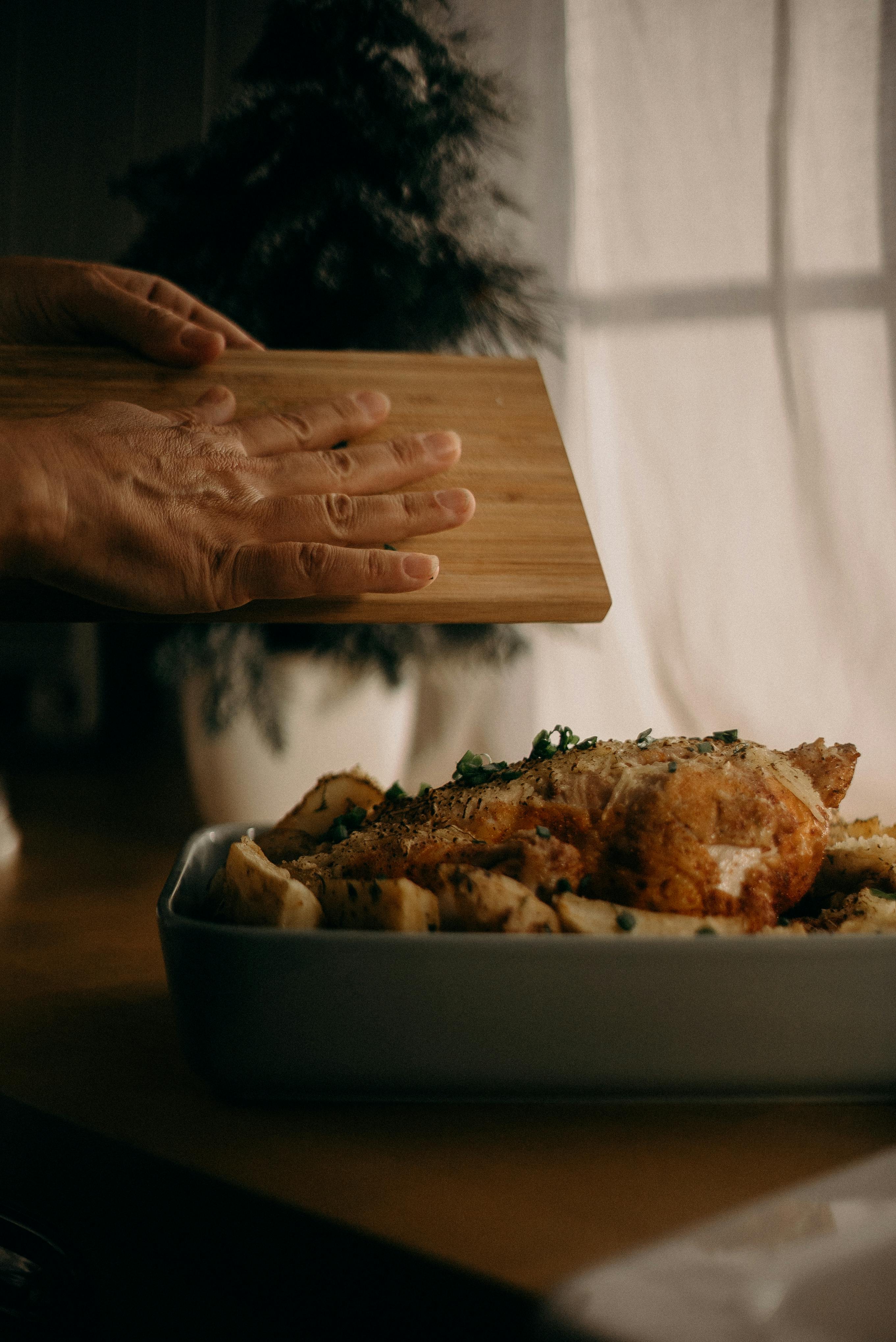
Essential Guide to How Much Chicken and Rice to Feed Your Dog in 2025
If you're a dog owner looking for a healthy and nutritious diet for your furry friend, you might have come across the popular chicken and rice combination. But how much chicken and rice should you actually be feeding your dog? This essential guide offers insights into portion sizes, benefits, and expert recommendations for incorporating chicken and rice into your dog’s diet effectively.
Feeding chicken and rice to dogs is not only a convenient option but also highly recommended by vets for its nutritional completeness. The ingredients are easy to digest and packed with essential nutrients. This article will explore the ideal dog chicken rice ratio, provide feeding guidelines for dogs of various sizes, and discuss how to prepare chicken and rice for dogs properly.
By the end of this guide, you will understand how to balance your dog's meals, making informed decisions for their health, dietary needs, and overall well-being.

How to Measure and Prepare Chicken and Rice for Dogs
Before diving into the specifics of chicken and rice ratios, it’s crucial to understand how to measure and prepare these ingredients properly. Serving chicken and rice involves cooking the ingredients in a way that preserves their nutritional value while ensuring that they are safe for your pet.
Step-by-Step Guide to Cooking Chicken for Dogs
Cooking chicken for dogs is simple, and ensuring it is done safely is vital. Begin by selecting skinless, boneless chicken breasts for the best nutritional benefit. Here's a straightforward preparation process:
- Wash your hands and ensure all utensils are clean.
- Boil the chicken in water until fully cooked, avoiding any seasoning.
- Let the chicken cool before shredding or chopping it into small pieces.
Cooking Rice for Dogs: Tips and Techniques
Rice is a great source of carbohydrates for energy. For dogs, white or brown rice can be used, but consider their digestive needs:
- Rinse the rice thoroughly before cooking to remove excess starch.
- Cook the rice using the absorption method: one part rice to two parts water, bringing it to a boil before simmering.
- Make sure the rice is soft and easily digestible.
Combining Chicken and Rice for Balanced Meals
After cooking the chicken and rice, it's time to combine them. For an optimal dog chicken rice mix, aim for a 2:1 ratio of rice to chicken. This means for every cup of chicken, use two cups of rice. Adjust based on your dog's dietary needs, age, and activity level.
Understanding Dog Nutritional Needs
When considering how much chicken and rice to feed your dog, it’s essential to understand their unique nutritional needs. Dogs require a balanced diet consisting of proteins, carbohydrates, fats, vitamins, and minerals. Integrating homemade chicken rice into their diet can meet many of these requirements effectively.
Protein Requirements for Dogs
Protein is crucial for muscle development, immune function, and maintaining healthy skin and fur. Chicken is an excellent source of high-quality protein that can help your dog thrive. An adult dog's protein requirements can vary based on their size, weight, and activity level, often requiring about 18-25% of their daily caloric intake to come from protein.
Carbohydrate Contributions from Rice
Rice provides digestible carbohydrates, which are important for energy levels, especially for active dogs. Keeping in mind that not all dogs will require the same amount of carbohydrates, monitoring their energy and weight will guide you in adjusting their rice intake.
Vitamins and Minerals in Chicken and Rice
Chicken and rice alone do not provide all the essential vitamins and minerals your dog needs. While this combination offers a solid foundation, complementing their diet with vegetables and supplements can help ensure they receive a balanced blend of nutrients.
Feeding Guidelines for Dogs: How Much to Serve
Determining the right portion size of chicken and rice depends on several factors, including your dog's breed, age, weight, and health condition. A reliable dog food portion calculator can help in determining the correct amount.
Serving Sizes Based on Dog Size
Generally, smaller dogs will require about ¼ to ½ cups of chicken and rice per serving, while medium-sized dogs might need ½ to 1 cup, depending on their energy levels. Large breeds may require more, ranging from 1 to 2 cups. Knowing your dog's size and activity level is key to providing an adequate portion that supports overall health.
Adjusting Portions for Health Conditions
For dogs with special dietary needs or health conditions, portion sizes might need to be adjusted. For instance, dogs recovering from surgery or those with sensitive stomachs may benefit from a softer mix of chicken and rice in smaller portions.
Feeding Schedule for Chicken and Rice
Establishing a feeding schedule can also be beneficial for your dog’s digestive health. It’s usually recommended to feed your dog chicken and rice gradually, starting with small portions. Try feeding them two to three meals a day to help maintain their energy levels throughout the day.

Benefits of Feeding Your Dog Chicken and Rice
Integrating chicken and rice into your dog's diet has various health benefits. From improved digestion to supporting overall vitality, this simple meal can be your go-to for several reasons.
Digestive Health and Recovery
Chicken and rice are commonly recommended for dogs who are recovering from illness or surgery due to their digestibility. This easy-to-digest meal can help soothe upset stomachs and promote quicker recovery times.
Weight Management with Chicken and Rice
If your dog is overweight, chicken and rice can serve as a balanced option when controlled portion sizes are used. High protein and moderate carbohydrates enable dogs to feel full while managing caloric intake efficiently.
Healthy Skin and Coat
The protein and fats provided in chicken can keep your dog’s coat shiny and skin healthy. A homogeneous chicken and rice diet allows for fewer ingredients, making it easier to manage food allergies and sensitivities while promoting healthy skin.
Conclusion and Takeaways
In conclusion, understanding how much chicken and rice to feed your dog involves a careful balance of proportions based on their size, age, and nutritional needs. With the right approach, chicken and rice can form a safe, nutritious part of your dog's diet. Remember that while this combination holds many benefits, consulting with your vet for specific recommendations tailored to your dog’s health is always advisable.
By focusing on preparation methods, serving sizes, and the emotional and nutritional benefits of chicken and rice for dogs, you can create a healthy meal plan for your furry friend while ensuring they’re getting the nutrients they require. For more depth on dog nutrition, visit this page for additional guidance, or here for more about homemade dog food recipes.